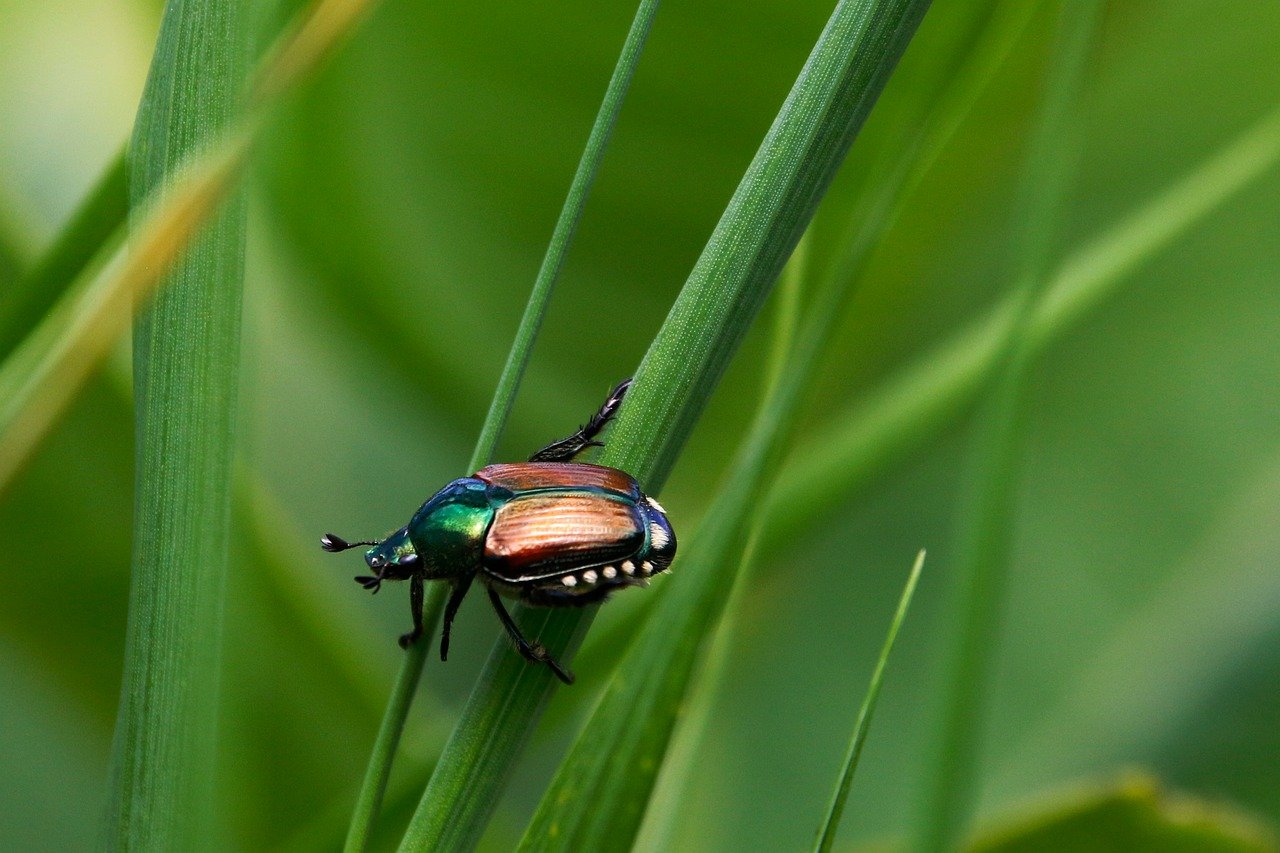
The joy of nurturing a vibrant garden! Lush greenery, colorful blooms, and the promise of homegrown goodness. But lurking beneath that idyllic scene are unwelcome guests – pesky bugs that can wreak havoc on your precious plants. Dear Gardener, before you reach for harsh chemicals, consider the power of nature’s own arsenal. Let’s explore the wonderful world of DIY natural bug repellents, keeping your plants thriving and your conscience clear.
The Allure of Natural Solutions
Why go natural? Here’s a compelling case:
- Safety First: Chemical pesticides can harm beneficial insects like ladybugs and honeybees, crucial for a healthy ecosystem. Natural repellents pose less risk to these helpful creatures.
- Gentler on Plants: Chemical concoctions can sometimes damage delicate leaves. Natural solutions are generally milder, offering a gentler touch for your precious flora.
- Readily Available Ingredients: Many effective natural repellents utilize common household items, saving you money and a trip to the store.
- Eco-Friendly: By avoiding harsh chemicals, you’re doing your part to protect the environment and promote a healthy garden ecosystem.
Nature’s Armory: A Range of Repellent Options
Now, let’s show you the wonders of natural bug repellents! Here are some effective concoctions you can whip up in your own kitchen:
1. The Spicy Squad
- Fiery Foe: Capsaicin, the heat component in chili peppers, is a natural bug deterrent. Muddle a few hot peppers in water, let it steep overnight, then strain and dilute before spraying on affected plants. Be mindful – this might not be suitable for delicate plants.
- Garlic Guards: The pungent aroma of garlic repels a variety of pests. Mince or crush a few cloves, steep them in water overnight, and use the strained solution as a spray.
2. The Scentsational Solution
- Minty Marvel: The refreshing scent of peppermint oil deters many insects. Mix a few drops of peppermint essential oil with water and a mild liquid soap (like castile soap) to create a spray.
- Lavender’s Lullaby: This calming herb works wonders as a bug repellent. Steep a handful of dried lavender in hot water, let it cool, strain, and dilute before using as a spray.
3. The Soapy Shield
- Dish Soap Defense: Insects hate the slippery film left behind by dish soap. Mix a few teaspoons of mild dish soap with a gallon of water. This simple solution is effective against aphids, mites, and other soft-bodied insects.
4. Diatomaceous Earth: Nature’s Tiny Warriors
This naturally occurring powder, made from fossilized algae, is a fantastic bug deterrent. Sprinkle a thin layer of diatomaceous earth around the base of your plants (avoid direct contact with leaves). The powder dehydrates insects, effectively keeping them at bay.
Important Tips for Success
Here are some key pointers to ensure your natural repellents are effective:
- Test Before You Treat: Always test any new concoction on a small, inconspicuous area of the plant first to check for sensitivity.
- Reapplication is Key: Natural repellents may not last as long as chemical pesticides. Regularly reapply, especially after rain or watering.
- Companion Planting: Planting certain herbs and flowers alongside your vegetables can deter pests naturally. Consider attracting beneficial insects like ladybugs and lacewings, which prey on harmful insects.
- Focus on Prevention: Maintaining a healthy garden with proper watering and fertilization creates a resilient environment less susceptible to pests.
FAQ: Your Natural Bug Repellent Concerns Answered
How often should I apply these repellents?
Reapplication frequency depends on the specific repellent and weather conditions. Generally, reapply every 3-7 days, especially after rain or watering, as natural solutions may not be as long-lasting as chemical pesticides.
Can I mix different natural repellents together?
It’s generally not recommended to mix different repellents without research. Some ingredients might interact negatively, reducing effectiveness or harming your plants. It’s best to experiment with one repellent at a time to see what works best for your specific pest problem.
What if the natural repellents don’t seem to be working?
If you’re not seeing results, there are a few possibilities:
The pest problem might be severe: For heavy infestations, natural repellents might not be enough. Consider a combination of natural methods and introducing beneficial insects.
The repellent isn’t strong enough for the specific pest: Research the type of insect you’re dealing with and choose a repellent known to be effective against them.
Application might be the issue: Ensure proper application techniques, like thorough coverage and reapplication as needed.
If you’re still struggling, don’t hesitate to consult your local gardening expert or nursery for further guidance.
How can I store leftover repellent solution?
Store leftover repellent solution in a labeled, airtight container in a cool, dark place. Shake well before reusing, and discard any solution that appears cloudy or discolored. Remember, it’s best to make fresh batches in smaller quantities for optimal effectiveness.
Conclusion: A Garden Harmony
Harnessing the power of nature can create a thriving garden, free from the worries of harmful chemicals. Experiment with these DIY natural repellents, observe their effectiveness on your specific pests, and find the perfect combination for a flourishing, bug-free haven. Put in mind, a healthy garden ecosystem is a beautiful balance, an
